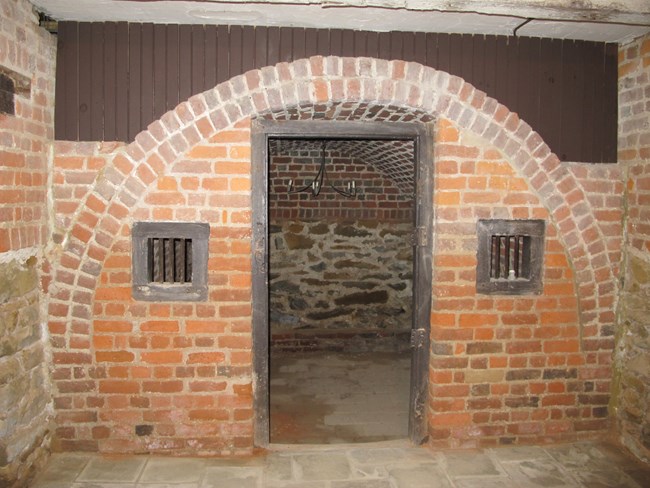
Secretary of State James Monroe had sent a terse note to President Madison on August 22: “you had better remove the records.” The very next day, precious documents started moving out of Washington. The tiny government bureaucracy tapped junior officials to transfer those documents to safety in the surrounding countryside. Supply wagons assigned to the army were quickly reassigned to the new task. Soon the vehicles, laden with all manner of boxes, bags, and stacks of paper, were lumbering on the dirt roads out of the city. A 24-year-old clerk named Lewis Machen piled up the Senate records and rolled twelve miles to Brookeville Academy. Clerks John Frost and Sam Burch spirited the House of Representative papers to a secret location. They moved some of the claims, pension, and committee records a few doors down from the U.S. Capitol, only to see them destroyed by the fires lit by the raiders. While the Library of Congress burned in the Capitol building, Supreme Court clerk Elias B. Caldwell saved the court’s books by moving them to his own nearby house. Dr. William Thornton moved Patent Office papers to his farm in what became Bethesda and then talked the British into sparing the patent models by convincing them that they were works of art, not the property of the government. Post Office materials ended up in a farmhouse cellar guarded by a 19-year-old named Brown. While other important records were floated up the Potomac River in canal boats, national treasures were in the hands of Stephen Pleasonton, a State Department clerk. He and his companions stuffed the Declaration of Independence, probably the U.S. Constitution, the Articles of Confederation, the Bill of Rights, much of George Washington’s correspondence, treaties, laws, and who knows what else into coarse linen bags. Twenty-two carts were waiting outside of the Executive Office building near the President’s House. With the new nation’s priceless paper trail loaded quickly into the carts, Mr. Pleasonton led the caravan in search of a safe haven. The first stop was a grist mill on the Virginia side of Chain Bridge. Deciding this was too close to a cannon foundry, a likely British target, Pleasonton secured wagons from nearby farms, loaded the bags a second time, and rolled another thirty miles to a brick vault in deserted Rokeby Mansion near Leesburg, Virginia. As the humble State Department employee successfully completed his assignment, the fire from burning buildings in the national capital glowed in the night sky. excerpt from "In Full Glory Reflected: Discovering the War of 1812 in the Chesapeake" by Ralph E. Eshelman and Burton K. Kummerow |
Last updated: May 19, 2020
